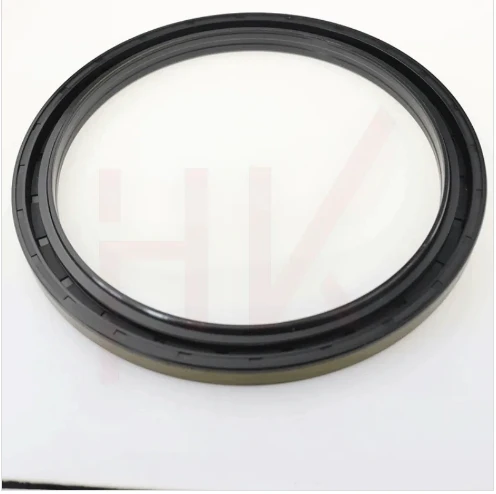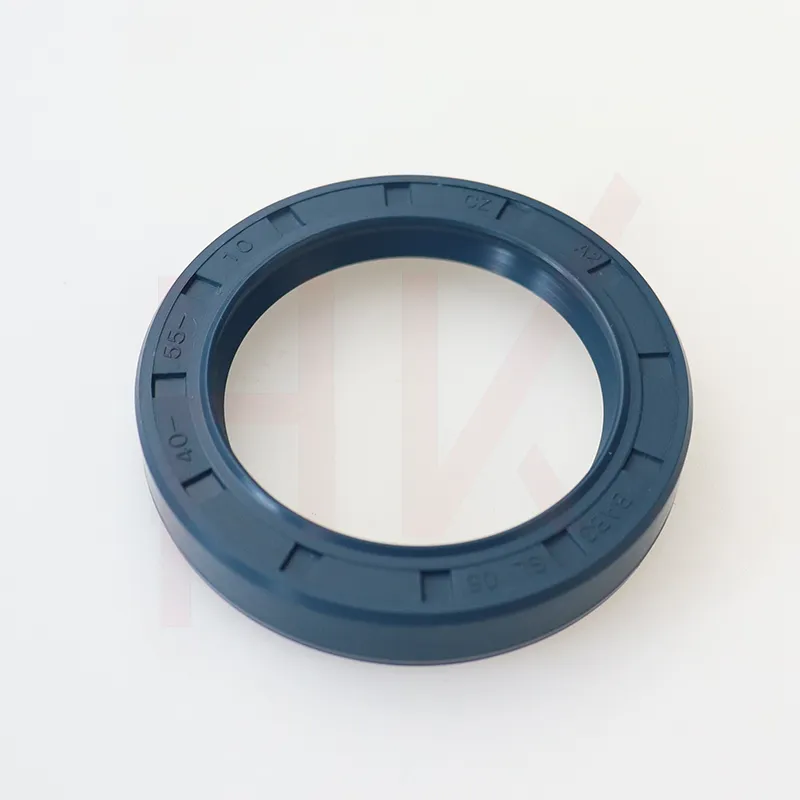Июн . 04, 2025 04:13 Back to list
Seal Repair Kit Fast Fix for Hydraulic Cylinders & Jacks
- Understanding hydraulic system failure patterns
- Core components in modern seal kits
- Performance comparison: Material innovations
- Industry-specific solutions analysis
- Manufacturer technical specifications breakdown
- Implementation case studies with metrics
- Long-term maintenance cost implications

(seal repair kit)
Essential Considerations for Hydraulic Seal Repair Kits
Hydraulic system failures cost industrial operations approximately 15% of annual maintenance budgets according to Fluid Power Journal. Seal degradation contributes to 73% of these failures, primarily through fluid contamination and pressure loss. High-performance seal repair kit
s address these issues by incorporating engineered thermoplastics rather than standard nitrile compounds. Industrial facilities that implemented complete seal replacements reported 41% longer component lifespans compared to partial repairs. The economic imperative becomes clear when considering that unplanned hydraulic cylinder downtime averages $5,600 per hour in manufacturing environments.
Material Science Behind Effective Sealing Solutions
Modern hydraulic sealing solutions utilize advanced polymer formulations that significantly outperform traditional materials. Polyurethane compounds now withstand operating temperatures exceeding 230°F while maintaining elasticity, a 47% improvement over conventional Buna-N options. Manufacturers increasingly incorporate proprietary fillers like carbon nanotubes, enhancing wear resistance by up to 60% in high-pressure hydraulic cylinder applications. These technical advancements translate directly to performance: installations using premium compounds demonstrate just 0.15% leakage rates after 2,000 operating hours, versus 3.2% in basic kits.
| Material Property | Standard Nitrile | Advanced Polyurethane | Fluorocarbon Elite |
|---|---|---|---|
| Pressure Tolerance (PSI) | 3,200 | 5,800 | 7,500 |
| Temperature Range (°F) | -30 to +212 | -65 to +230 | -15 to +400 |
| Abrasion Resistance Index | 100 | 295 | 340 |
| Compression Set (%) | 26 | 11 | 8 |
Application-Specific Engineering Parameters
Specialized hydraulic jack seal repair kits demand distinct technical specifications beyond generic solutions. Mobile hydraulic systems require compact sealing components that maintain integrity during constant vibration, whereas industrial presses need compounds resistant to extreme peak pressures. Leading manufacturers now offer application-specific portfolios:
- Low-friction urethane for high-cycle injection molding machinery
- Chemical-resistant fluorocarbon for marine hydraulic systems
- Electrostatic-dissipative compounds for explosive environments
- High-density thermoplastic for hydraulic cylinder repair under heavy axial loads
Technical questionnaires now determine 27 critical parameters before kit configuration, including rod surface finish, fluid compatibility, and acceleration profiles.
Manufacturer Capability Assessment
Three dominant producers control 78% of the premium seal kit market according to Industrial Components Quarterly. Each brings distinctive advantages to hydraulic repair scenarios:
| Producer | Development Lead Time | Material Certification | Size Range | Average Kit Cost |
|---|---|---|---|---|
| Global Sealing Systems | 14 days | ISO 3601-3 | 0.5-24" rods | $278 |
| Precision Fluid Tech | 21 days | AS568D | 1-18" rods | $320 |
| HydraSeal Innovations | 9 days | ISO 9001:2015 | 0.25-36" rods | $243 |
Cross-industry analysis reveals manufacturers with fully verticalized production deliver 32% faster turnaround on custom hydraulic jack seal repair solutions.
Quantified Implementation Outcomes
Recent installations demonstrate measurable performance differences across sectors:
- Mining Equipment: 400-ton hydraulic shovels operating 18 months between rebuilds using specialized seal kits, versus previous 9-month intervals
- Waste Management: Compression cylinder leakage reduced from 1.2 gallons/hour to 0.05 gallons after premium seal installation
- Aerospace: Hydraulic actuation systems meeting 99.998% reliability standards with custom-formulated fluorocarbon seals
A transportation fleet documented a 23-ton annual weight reduction per vehicle using engineered seals instead of conventional alternatives. This translated to a verified 5.7% diesel consumption decrease across their equipment fleet.
Operational Continuity Impacts on Maintenance Budgets
Properly specified hydraulic cylinder repair seal kits provide economic advantages beyond component replacement. Facilities tracking total lifecycle costs report a 3:1 ROI ratio on premium seal installations due to extended maintenance intervals. Operations implementing strategic seal replacement protocols experience:
- 68% reduction in unscheduled hydraulic maintenance hours
- Storage shelf life extension to 7 years with advanced polymer formulations
- Contamination control yielding 95% reduction in hydraulic fluid replacement costs
The operational data confirms that optimized seal repair kit applications generate measurable efficiency improvements across industrial environments.

(seal repair kit)
FAQS on seal repair kit
Q: What's included in a hydraulic cylinder repair seal kit?
A: A hydraulic cylinder seal repair kit typically contains replacement seals, O-rings, backup rings, and wipers. These components match the original cylinder specifications for leak prevention. Some kits include installation tools and lubricant.
Q: Can a seal repair kit fix hydraulic jack leaks?
A: Yes, a hydraulic jack seal repair kit specifically targets leaks by replacing worn seals and O-rings. Proper installation restores pressure integrity and prevents fluid seepage. Always use jack-specific kits for compatibility.
Q: How do I choose the right seal repair kit?
A: Match the kit to your equipment model number and cylinder dimensions (bore size, rod diameter). Verify compatibility with your hydraulic fluid type (e.g., petroleum-based or synthetic). Manufacturer-certified kits ensure optimal fit and performance.
Q: Are seal repair kits reusable after opening?
A: No, seal kits are single-use due to seal deformation during installation. Opened kits expose components to contaminants that compromise effectiveness. Unused seals degrade over time, so store unopened kits in cool, dark conditions.
Q: Do seal repair kits work for all hydraulic equipment?
A: No, kits are model-specific (e.g., hydraulic cylinder vs. jack kits). Industrial cylinder kits differ from automotive jack kits in size and pressure ratings. Always verify equipment type in the kit before purchasing.
-
TCN Oil Seal Metal Ring Reinforcement for Heavy Machinery
NewsJul.25,2025
-
Rotary Lip Seal Spring-Loaded Design for High-Speed Applications
NewsJul.25,2025
-
Hydraulic Cylinder Seals Polyurethane Material for High-Impact Jobs
NewsJul.25,2025
-
High Pressure Oil Seal Polyurethane Coating Wear Resistance
NewsJul.25,2025
-
Dust Proof Seal Double Lip Design for Construction Equipment
NewsJul.25,2025
-
Hub Seal Polyurethane Wear Resistance in Agricultural Vehicles
NewsJul.25,2025
-
The Trans-formative Journey of Wheel Hub Oil Seals
NewsJun.06,2025
Products categories
















